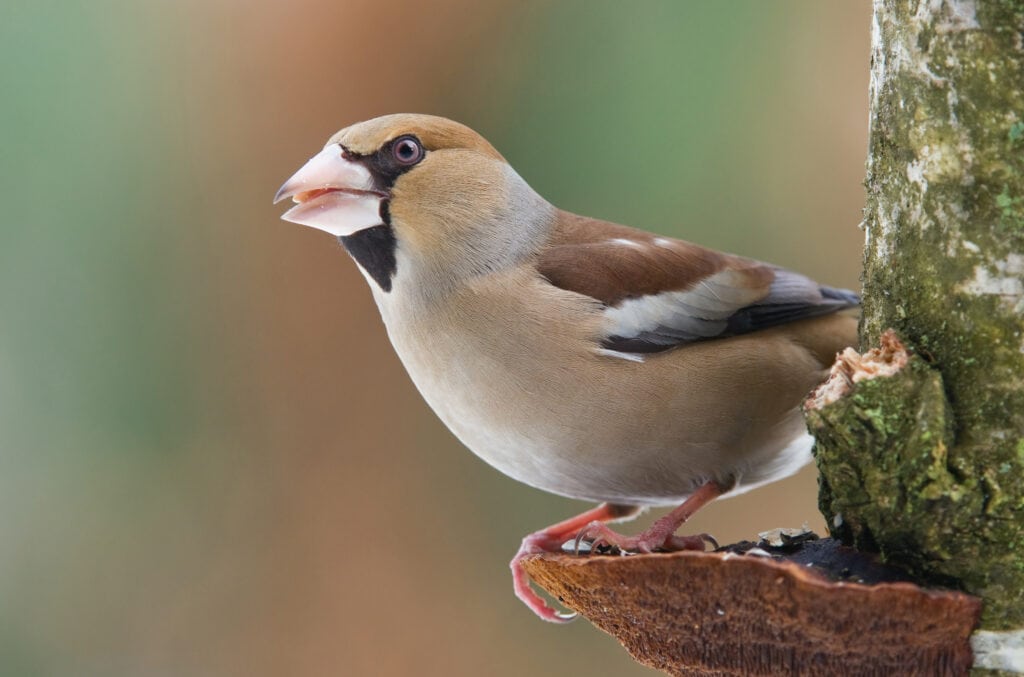Darwin’s Finches are some of the most famous birds in all of natural science. Though not true finches, the group of birds that he studied are actually more closely related to tanagers, Darwin’s Finches have secured their place in history as one of the foundations of Darwin’s Theory of Evolution. Upon observing the ways that each of the bird’s differed in beak size and shape, Darwin hypothesized that their beaks were specially adapted through a process he called “natural selection,” to take advantage of their ecological niche.
Related Article: 14 California Condors Hatch After a Rocky Bird Flu Season
As birdwatchers, we may not be evolutionary scientists, but we do get to be skilled at identifying patterns in birds. Birds with sharp hooked beaks and talons can be easily determined to be birds of prey at a glance, wading birds with long narrow bills can be assumed to use those bills to sift for invertebrates in the sand. Such observations are integral to the practice of birdwatching, even if they are quite often carried out via instinct.
It is, then, exciting when this intuitive form of observation yields new insights in scientific settings. Despite the passage of centuries since Darwin’s Finches entered the scientific scene, we are still learning from bird beaks. This time, a fascinating, if not exactly unexpected, link between beak shape and nest material has been found.
A recent study from the University of Bristol examined nest data from almost 6,000 bird species. What they discovered was that in anywhere from 60% to 97% of birds, researchers could reliably and accurately predict the next material used based on the shape of the birds’ beaks.
Amongst those 6,000 species, it was found that the size and shape of a given bird’s beak is a credible predictor of the types of materials it will use to construct its nest. This finding becomes more significant when placed into context alongside the ecological challenges which arise when humans and birds interact. The use of man-made materials in nests is widespread amongst birds, with some birds even using materials designed to deter them. As birds and humans adapt to each other’s ecological presence, an extra clue toward understanding nest habits is a useful scientific tool. Knowing what birds choose to build their nests may be helpful in future models of ecosystems as well as conservation efforts.
Popular Article: Nonprofit Sues for Owl Protections in the Sonoran Desert

